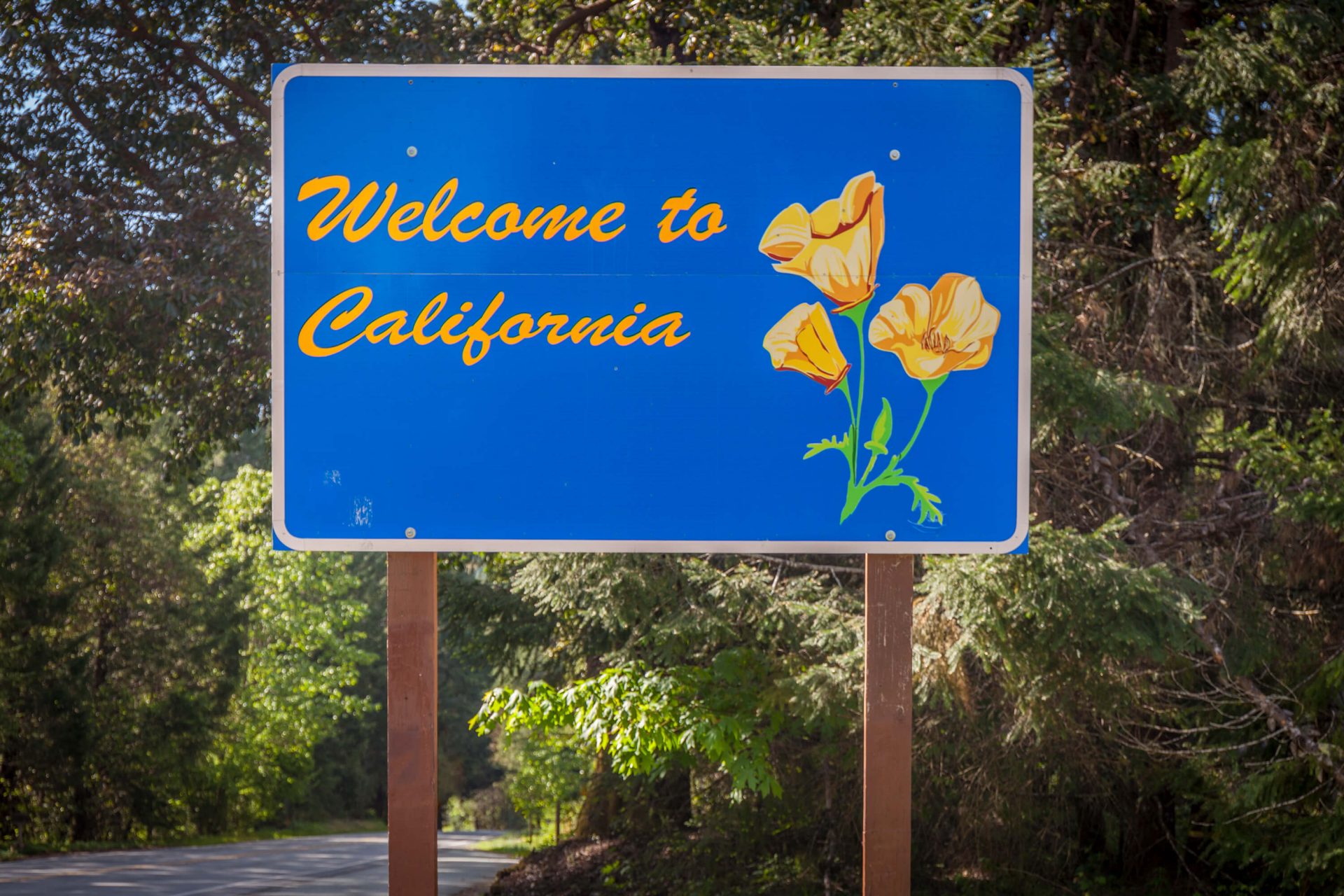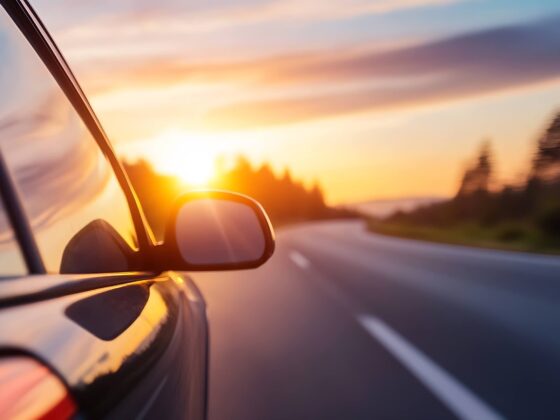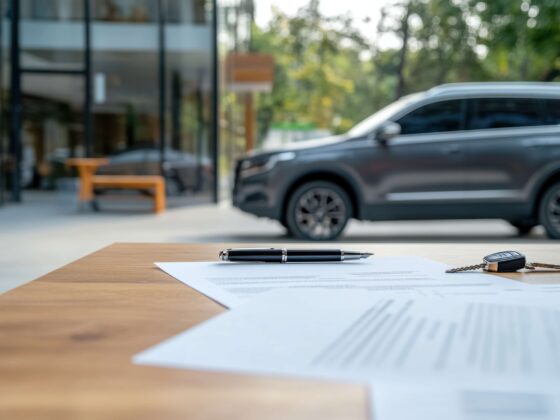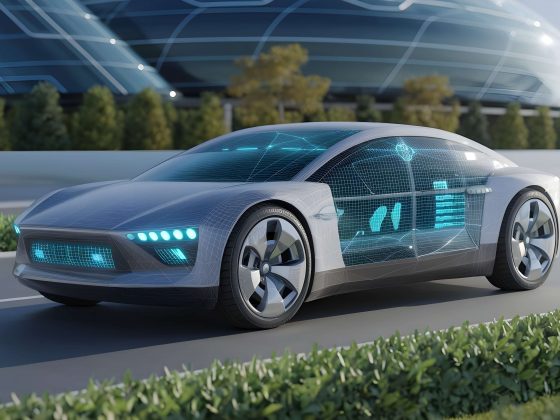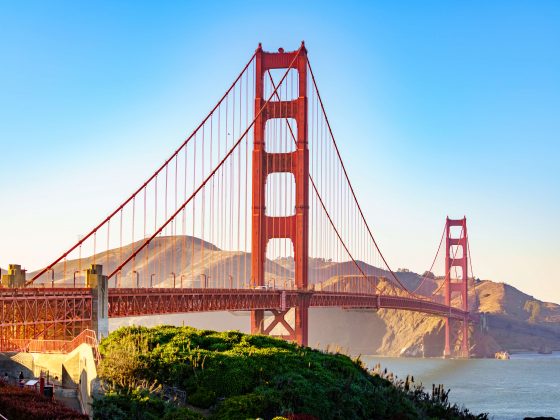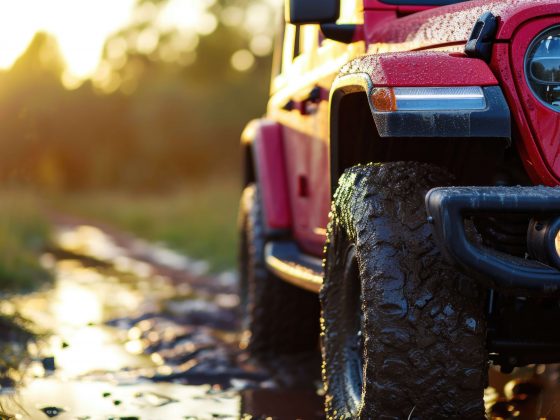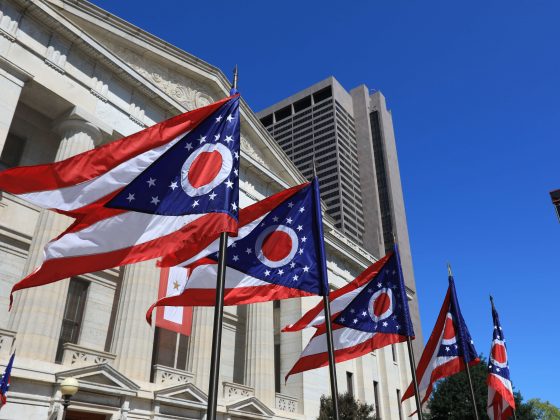As the third largest state in America, with over 50,000 miles of highways and some of the most famous and picturesque roads in the country, it’s no wonder that folks from all over the nation (and the world) flock to the Golden State for a little California dreamin….or driving. From the Pacific Coast Highway (aka Highway 1) to the Avenue of the Giants (Highway 101) to the celebrated Route 66, there is no shortage of places to visit or ways to get there. Whether you’re after the majesty of the towering Redwoods, the magnificence of the soaring mountains, or the bustle of city life, it’s a good idea to become familiar with local driving regulations before embarking on a scenic tour of our Western-most territory.
Use eTags© to Quickly Complete Your DMV Service. Renewals, Title Transfers and More, All Online!
First and foremost, every driver is required to carry with them their driver’s license at all times. Whether the credential is a provisional permit afforded to minors under 18 years old, or a full-fledged driver’s license for adults, it must be kept accessible whenever operating a motor vehicle. Also non-negotiable across the board is the wearing of seatbelts for every person driving or riding in a vehicle, and the wearing of a helmet for anyone driving or riding on a motorcycle.
As is true in most states, California has declared that it is against to law to use a mobile phone while operating a vehicle.
This means that drivers are not permitted to write, read, or send text-based messages while behind the wheel. There are no exceptions or leniencies with this, except when it comes to phone calls. Drivers are allowed to speak on their cell phones, provided they can do this hands-free. As long as a person can talk without having to use their hands to hold their phone, mobile conversations are okay.
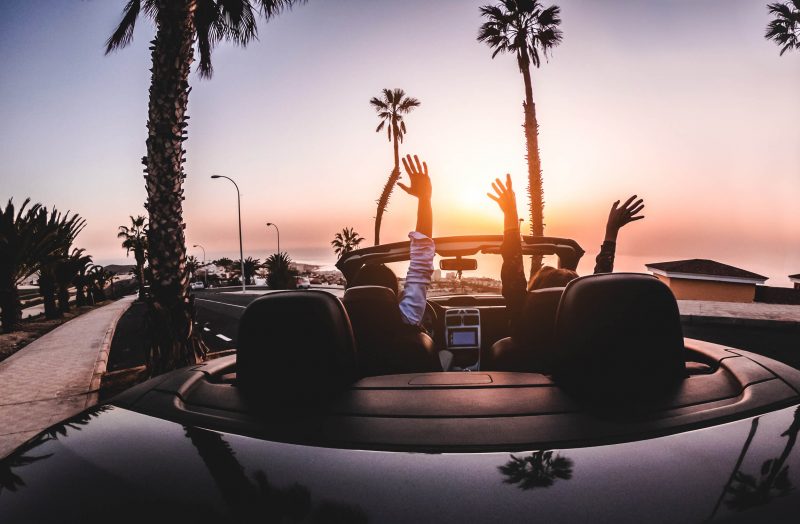
Speed limits in California are strictly enforced, and range from 25 miles per hour (MPH) to 70 MPH. Many small residential neighborhoods and school areas will hold the 25 MPH limit, while larger city streets allow for 35 MPH. Most two-lane highways will cap driving speed at 55 MPH, but on the big, multi-lane freeways you will find speed limits ranging from 65 MPH up to 70 MPH in some places. It’s a good practice to be aware of general speed limits, as CA has several different ways of enforcing these laws.
In addition to the good, old-fashioned officer in a police car monitoring speed from the side of the road, California now also maintains aircraft enforcement.
Meaning, while you may not be aware of it, there are little airborne monitors that check your speed out of sight, and if you happen to be driving above the limit, the offense will be sent via radio to the closest patrol car which will then pull you over and ticket you. This, of course is in addition to the many speed cameras peppered across the state’s roads and highways. So if you are driving along the west coast, it’s best to keep a sharp eye on your speedometer and stay within the declared limit.
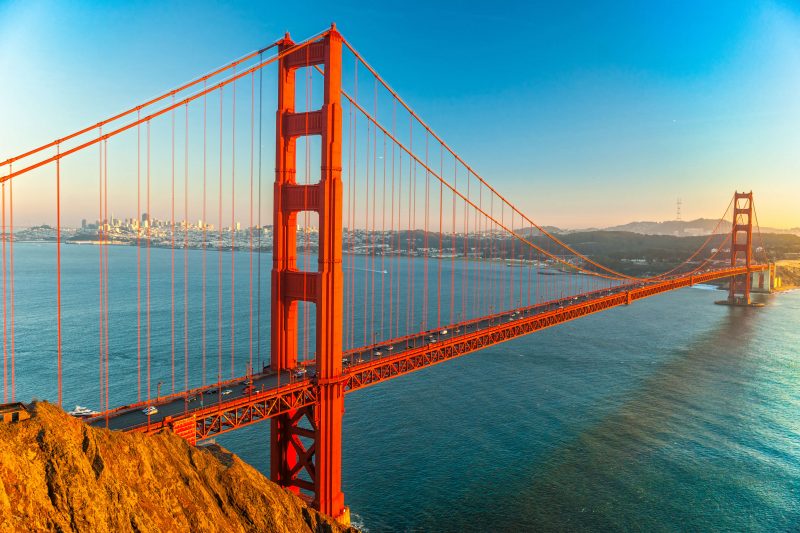
Another thing to consider, especially when driving on highways around the larger cities across the state is the carpool lanes. Also referred to as “diamond lanes” due to the diamond shapes painted in their center, the carpool lanes are designated thoroughfares for vehicles carrying multiple people. Set at a minimum of two persons per car/truck/SUV, one may only utilize these lanes if there is at least one other passenger in addition to the driver. The exception to this rule is up north in the Bay Area of San Francisco where the minimum that must be met is three people per vehicle including the driver. Peak times of enforcement are usually rush hours on weekdays. And in case you get a hankering to sneak into a carpool lane without meeting the number requirements, keep in mind that the fines for this violation can be upwards of $400!
Some general California rules and regulations that could be helpful are as follows:
- Drive on the right, pass on the left
- Vehicles to the right of an intersection have the right of way
- Pedestrians have the right of way
- Right turns on a red light are permitted after stopping
- Left turns on a red light are permitted after stopping, and from a one-way street to another one-way street Only
- Headlights are required 30 minutes after sunset up until 30 minutes before sunrise, AND whenever you are using your windshield wipers in inclement weather conditions
- U-turns are allowed when the following circumstances are met:
- At an intersection, on a green light, when no sign indicates the contrary
- In residential areas when there are no other vehicles within 200 feet, or if traffic signals allow it
- On a divided highway with an opening And no sign prohibiting the turn
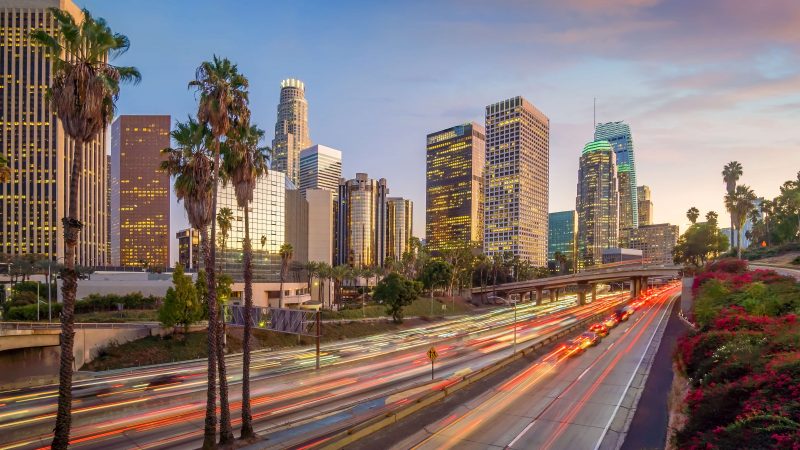
It probably goes without saying, but we like a little fastidiousness here at eTags, so we’ll remind you that drinking while intoxicated is completely illegal in the state of California.
The blood alcohol limit in the Golden State is 0.8%, and anything above this renders you unfit to drive.
One note specific to northern California and the mountain areas, is that weather can change unexpectedly; sudden rain and snow accumulation can make driving difficult or impossible, sometimes causing road closures. It’s a smart idea to check ahead if you know you will be driving into territories that are prone to inclement weather and seasonal extremes.
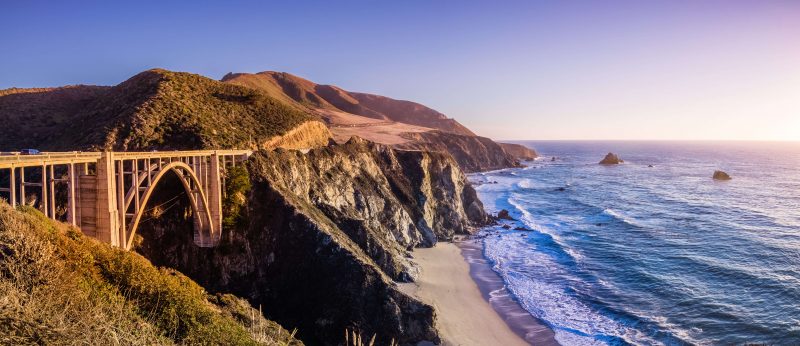
In general, California is a wonderful place to drive and offers a seemingly unlimited cornucopia of discovery, entertainment, ecosystems, flora, and fauna. From cityscapes to mountain ranges, lakes to ocean vistas, waterfalls to desert lands, roadside diners to Michelin restaurants, rustic camping grounds to five-star hotels, theme parks to state parks, hiking, to biking, this state offers just about everything for everyone. And our hope is that this list of driving tips not only helps with your upcoming commute, adventure, or road trip, but in fact encourages you to explore the Golden State thoroughly, and most importantly: safely! And if you find yourself in need of any title or registration services on the Left Coast, you can find us here.
